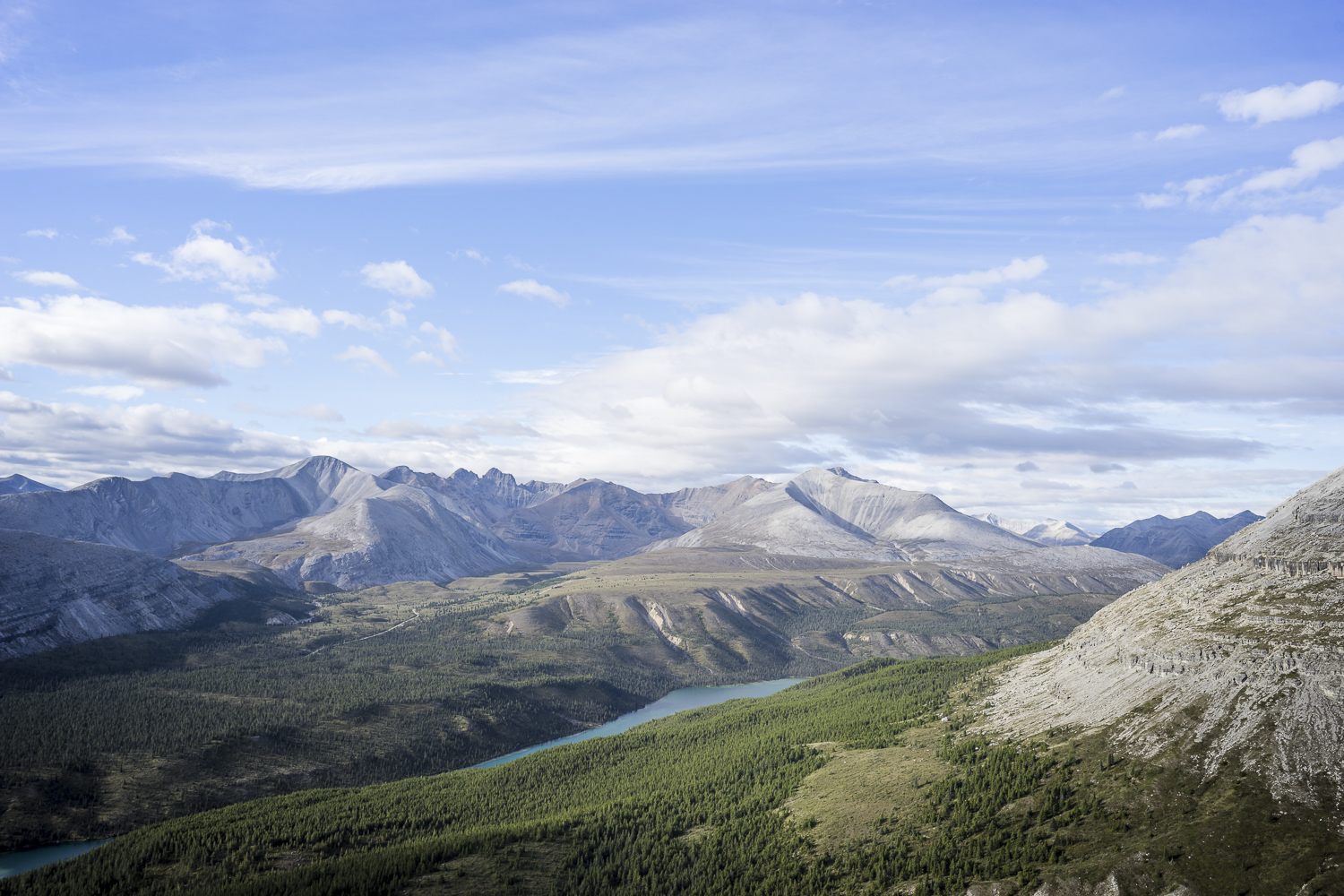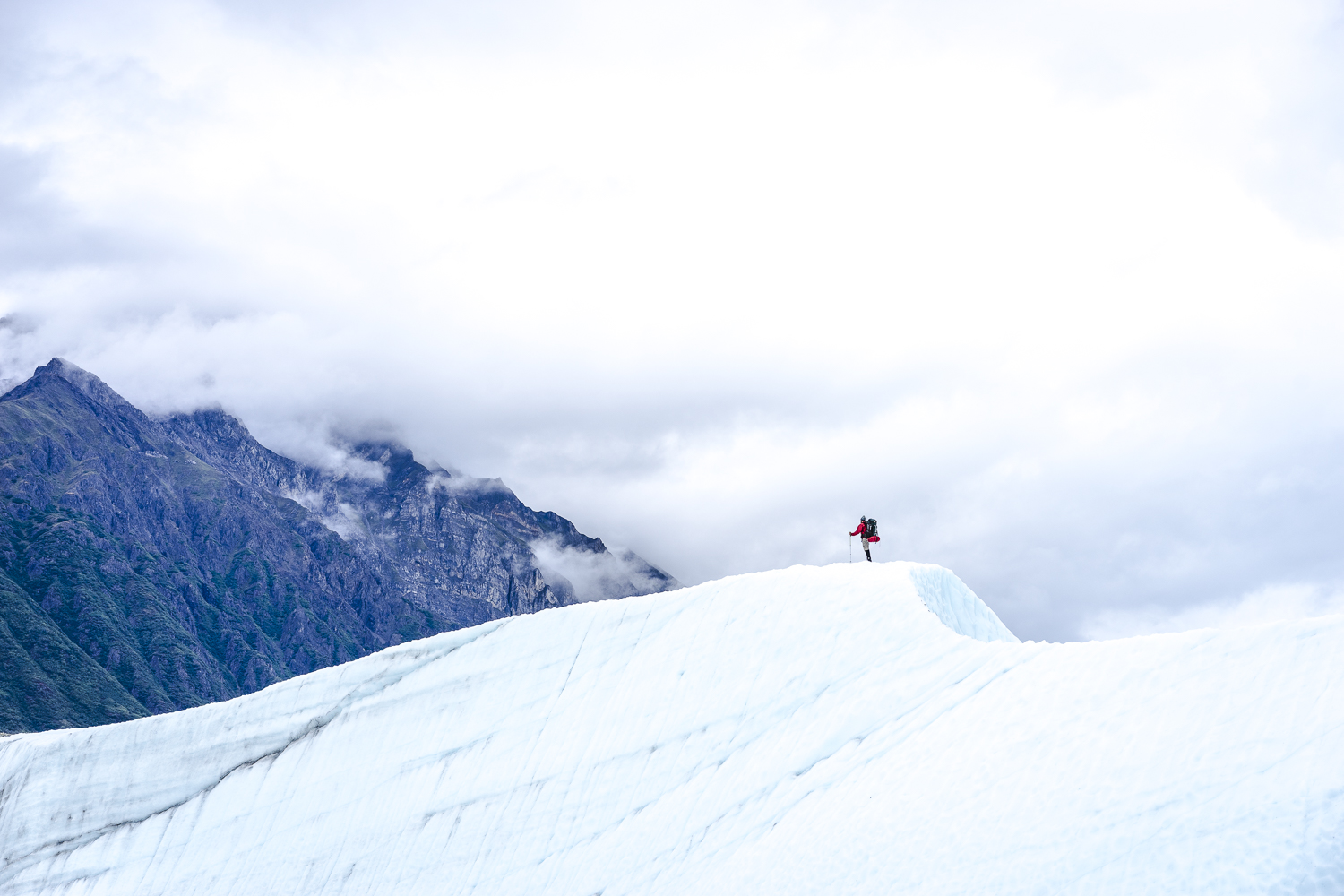Where the Buffalo Roam

The research we put into Theodore Roosevelt National Park and the badlands of North Dakota was admittedly limited… but just enough for us to have an excuse to visit North Dakota. After a big letdown campsite the night before in Minnesota and two uninteresting days in the UP of Michigan we were ready for some big-time scenery. We hit the North Dakota State line at mile marker 352 with 310 miles left to go. We passed through Fargo; yes the same Fargo from the 1996 movie; where curious folks can have their picture taken with some of the more notable movie memorabilia. We, however, did not have time for such frivolities as we were on our way to the open road country. The miles clicked by at a pretty good pace, but then again, how could they not when the speed limit is 75 and there is no traffic. Town after town rolled by out the window, the space wide open, the sky perpetually blue, but the scenery never changing. We were beginning to wonder what we had gotten ourselves into; where were these painted hills and the mighty bison that roam them? Then all of a sudden somebody flipped the switch-we were there. Without warning- the scenery abruptly changed from rolling rangeland to rugged badlands.
Our first view of the North Dakota badlands- Theodore Roosevelt National Park
Tucked into the very western edge of North Dakota lies the Little Missouri National Grassland and Theodore Roosevelt National Park, home to those brilliantly painted hills. We stumbled upon Sully Creek State Park a few days earlier when doing some research on the area and decided to make this our first stop for camping. What we found was an amazing little campground tucked along the banks of the Little Missouri and circled by those very same painted hills that we were searching for. If that wasn’t enough, it was also a trailhead for the 120 mile Maah Daah Hey trail that is a multi-use hiking, horse and mountain biking trail. And it wasn’t crowded!! The campground offered both wide open sites with unobstructed views and some wooded sites with shade and partial views. We opted for a shaded site over the best view as the mid-day temperatures were in the eighties and the sun unrelenting. It was so nice that we ended up spending every night at Sully Creek in the same site.
Relaxing at Sully Creek State Park
Next up it was time to get down to business and find what it was that drew us over 1500 miles to this remote corner of the country. First stop was the visitor center for Theodore Roosevelt National where we picked up our annual national park pass, a real bargain if you're planning on visiting several parks, and a map of the National Grassland. We set off through the park in search of mighty bison and within five minutes one of these massive creatures appeared lumbering right up the road on his morning commute. Continuing through the rolling hills we passed prairie dog towns, scenic vistas and more bison. At one of the vistas overlooking the Little Missouri we were even treated to a view of a herd of wild horses off in the distance. After around 10 miles in the park we came upon a dirt road leading out of the park and with our new map in hand decided to do a little exploring. As the road wound through a mixture of National Grassland, private ranches and oil fields, we were treated to the solitude of the open road. Almost 20 miles went by before passing a single vehicle and the dirt road finally disappearing back into blacktop.
Morning commute
Little Missouri Overlook- Theodore Roosevelt National Park
Little Missouri National Grasslands
Little Missouri National Grasslands
The next day we got an early morning start to finish driving the full loop in the Park. Since dogs are not allowed on the trails in the National Park the cool start allowed us to quickly hop out for a few view-points while Koda waited. Later in the day weheaded to downtown Medora for some homemade ice-cream. Medora is the entrance town to the National Park, and has its share of souvenir shops, but has a nice old-west feel and the ice-cream was great! Since dogs are not allowed on the trails in the park we decided to try to find some hiking on the Maah Daah Hey trail south of the campground in the Little Missouri National Grasslands. The National Grasslands are a mosaic of badlands and rolling grasslands. With map in hand we set off down another dirt road and located the-you guessed it-empty trail head. That evening we hiked one of the hills adjacent to the campground for sunset and were rewarded with sweeping views of an oxbow on the Little Missouri. We feel asleep that night to the sound of the wind and the neigh of horses off in the distance.
Maah Daah Hey Trail rolling grasslands
Maah Daah Hey Trail- Koda finally gets to hike!
Maah Daah Hey Trail
Info:
Entrance Fee: Little Missouri National Grassland-Free, Theodore Roosevelt National Park- $20 or $80 for a pass good at all national parks, forests and monuments for one year (a great deal!). Sully Creek State Park-$5/day or $25/annual
Camping: Sully Creek State Park - $12/night + $5/day entrance fee, Roosevelt National Park also offers camping as well as several National Grassland campgrounds.
Pets: Dogs are not permitted on trails in the National Park but are allowed in the National Grassland. Be aware that there may be open range cattle in the National Grassland
Maps: Little Missouri National Grassland by the US Forrest Service $12.50, Nat Geo also publishes one for the Maah Daah Hey trail and Roosevelt Park
Tips: Early mornings are the best for buffalo spotting, beer is expensive in this part of the country bring ample reserves.


















